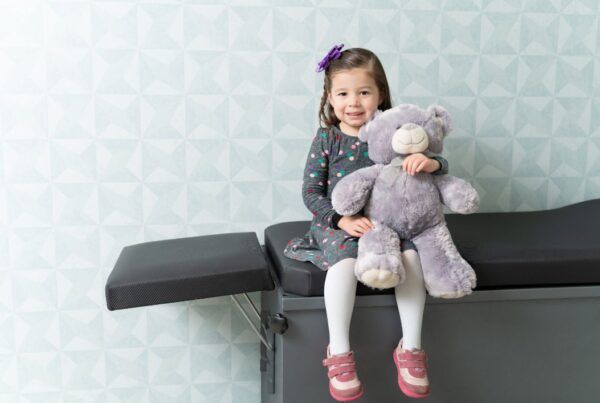by Mick Connors
In our last blog, I discussed the differences between two very successful companies: Starbucks and Chik-fil-A. The blog focused on how these two companies have taken two very different approaches when it comes to their processes, flows, and customer experience.
Now, I’d like to explore some of the changes you can make at your pediatric practice, regarding methods on how to handle the madness of demand for your services. Innovation is centered around efficiency, decreasing wait times, and offering a dynamic patient experience…you know, the simple stuff.
Simple? I say simple because you have complete control of how you manage your office scheduling, your workflows, and how you’d like to impact change. It takes an open mind, some patience, and time to slow down and “fix” your processes.
However, if these are the only things needed to change, our practices would be in a constant state of evolution and innovation, all the time! Unfortunately, it takes more than that—we need others to embrace this change, as well. Your staff, for example, that includes physicians, nurses, and your front desk team must also be willing to embrace changes, as well as your patients.
How often do you implement a change, and it fails?
Failures probably occur far more often than changes that stick. And, enough failures can lead one to replace all that invested energy, drive, and passion with a defeatist, “why even try” attitude.
Let’s consider the case of virtual care solutions during the pandemic. Like many, your practice probably had to find a telehealth solution to quickly pivot when your practice doors were closed. What happened when you were able to open those doors again?
Did you abandon your virtual care offering and revert to the old, business-as-usual mentality?
Or, did you incorporate and adopt a new hybrid offering of both virtual and in-person visits?
For those who reverted back to the old ways, what prevented your team and practice from truly adopting and embracing new technology and virtual care? Was it the amount of time it took to adapt to this new technology and process? Was it resistance from your team? Was it just too hard to invest the time and energy in making this kind of change?
I come back of these words: “While most believe change happens by making people think differently, that isn’t the case.” According to authors, John Kotter and Dan Cohen, change happens when you make people feel differently. You have to appeal more to the heart than the mind.
When it comes to making changes, innovating, and putting new procedures in place, we have to consider the why and who benefits from these changes. As leaders in our practice, we also have to lead these changes with the heart and not the mind… And, a huge part of leading with the heart is looking at how we engage with our patients and staff.
Why do patients bypass your office? Why don’t they call? Why isn’t your front desk telling folks about our COVID vaccines or your new virtual care technology?
Think about interactions customers have at Chik-fil-A. While the business focuses on processes, most customers are most impressed by their customer service. After all, who would argue with a smiling face who greets and wishes them a great day and has created a great customer experience? Do you get the feeling Chik-fil-A prides itself on their products and commitment to great service? As a customer, how often do you hop in that long drive-thru line? Why? Because you know that they will offer a fast, efficient, and friendly experience.
If you’re still in the mindset that patients won’t wait for your care; ask yourself, are you creating a patient experience that shows that you understand their needs and truly care about having them come to your office?
Change starts at the heart. Relationships matter, but we have to work to foster them. If you want to learn more about this topic: pick up “The Heart of Change” by John Kotter. It’s definitely worth a read.
About the Author:
Mick Connors, MD
Co-Founder, Chief Executive Officer of Anytime Pediatrics
Mick Connors, M.D., is passionate about children and improving access to the specialized, high-quality pediatric care they deserve. A currently practicing pediatric emergency physician, he has more than 25 years of clinical and leadership experience. He is a serial innovator and leader in the pediatric space.



